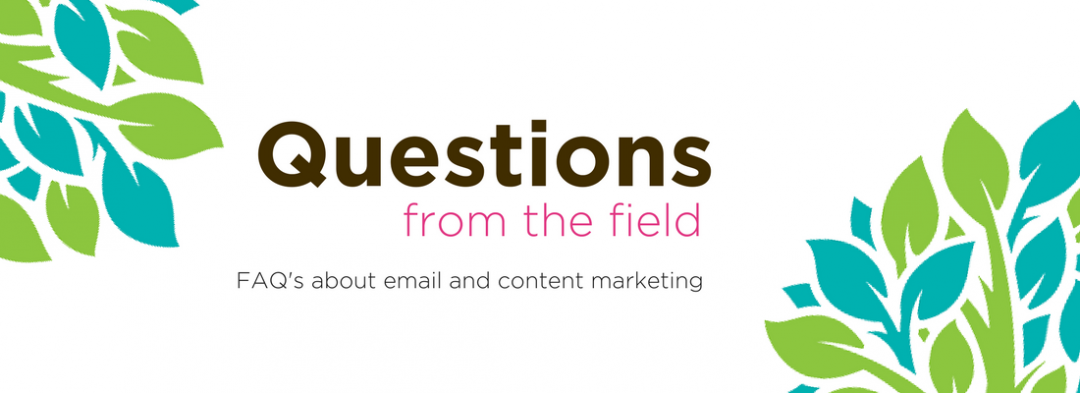So you’re ready to expand your email marketing program, but not sure how to create all the content? Below, we offer four steps and five sources to get you thinking.
STEP 1
Segment your subscribers into your audience and your customers to draft at least one persona for each. Their needs for content are different. A customer has had an experience with you. They have self-identified their needs. Therefore, you have knowledge of what products they would have an interest in to sell to. An audience, on the other hand, needs content other than the product or service. You need to build trust, nurture them. An audience anticipates an experience with you. Most likely you’ll have more than one persona for each, but designating at least one for your audience and one for your customer will be a good starting point in defining goals and curating content.
TIP: Understand the “Who.”
Look outside your product, beyond demographics into social and emotional context. Talk with customers and listen for cues:
-
- Who is your audience outside the product?
- What is a typical day like for them?
- What do they struggle with personally and professionally?
- How do they learn?
- What is their personal value proposition?
STEP 2
In addition to your overarching email marketing program goals, you need to set goals for each of your email campaigns. What do you want to happen for each email? For example, the central goal for our monthly newsletter called “From Your Email Horticulturists” is to have our audience click-through to the content we offer guiding them on email marketing best practices, how to’s and lessons with specific functionality within their email marketing tool.
STEP 3
Begin to compose your content for your email campaign(s) using the knowledge obtained and data collected through the five sources below. Keep in mind; it’s essential to test your email content and email design before you launch to your segmented audience.
STEP 4
Draw. Whether it’s in a notebook, on a program like Omnigraffle or even a scrap piece of paper, I find that drawing helps me visualize a subscribers journey. It guides me from where I am today to where I want to be. Best of all, it creates an original task list on where I need to focus.
5 Sources to Curate Content:

1. Their lifecycle – birthday, anniversaries, account renewal, changes to account detail. The goal is to recognize a personal event or behavior.

2. Your staff – on a continual basis, schedule time with all client-facing staff, including customer service and call-center departments. Listen and document questions, concerns, pain points and positive feedback that is presented by your customers for each product offered. Record timing as well – when did the question/concern, etc. arise? Was it at the beginning of the relationship with the product or service or after several years because of changes, etc. This will help you pinpoint what and when a gap in content should be addressed.

3. Feedback – send an ongoing customer questionnaire to look for trends in opinion, concerns and intent to move to a new product or the next step in their relationship with you. Ask for a customer testimony to use in future email campaigns or on your website while you’re at it! We use Survey Gizmo if you would like to test out an online service.

4. Your website – use your web analytic data to determine what topics are being searched for, viewed and read the most. These topics will be a great starting point on what content your audience has an interest in.

5. Industry trends – spy on your competition. What are they writing about? Do you see this happening with your clients?
Personally, if I write to an individual, the content comes together much easier. It may take time, but building your email marketing program using content curated from such sources as mentioned above will not only increase the value of content leading to greater subscriber engagement but offer deeper insight into their minds for use with other channels.
If you are looking for examples of outstanding content, visit our Emails We Love category on this blog. Every other week, we feature the best content we’ve received in our very own inboxes to inspire others.
Let us know, what are you doing to curate content?
Industry Resources Picked Fresh for You:
Email Marketing: A Fresh Take From the Experts
The Last Word on June 2017 specifically this article: The Art of Emotional Honesty in Email Marketing

